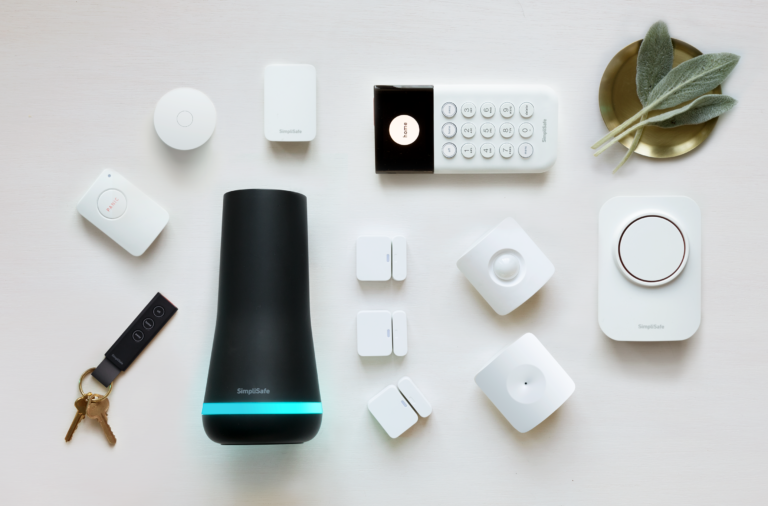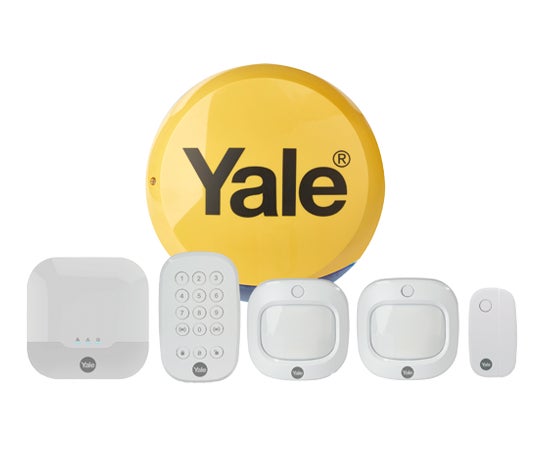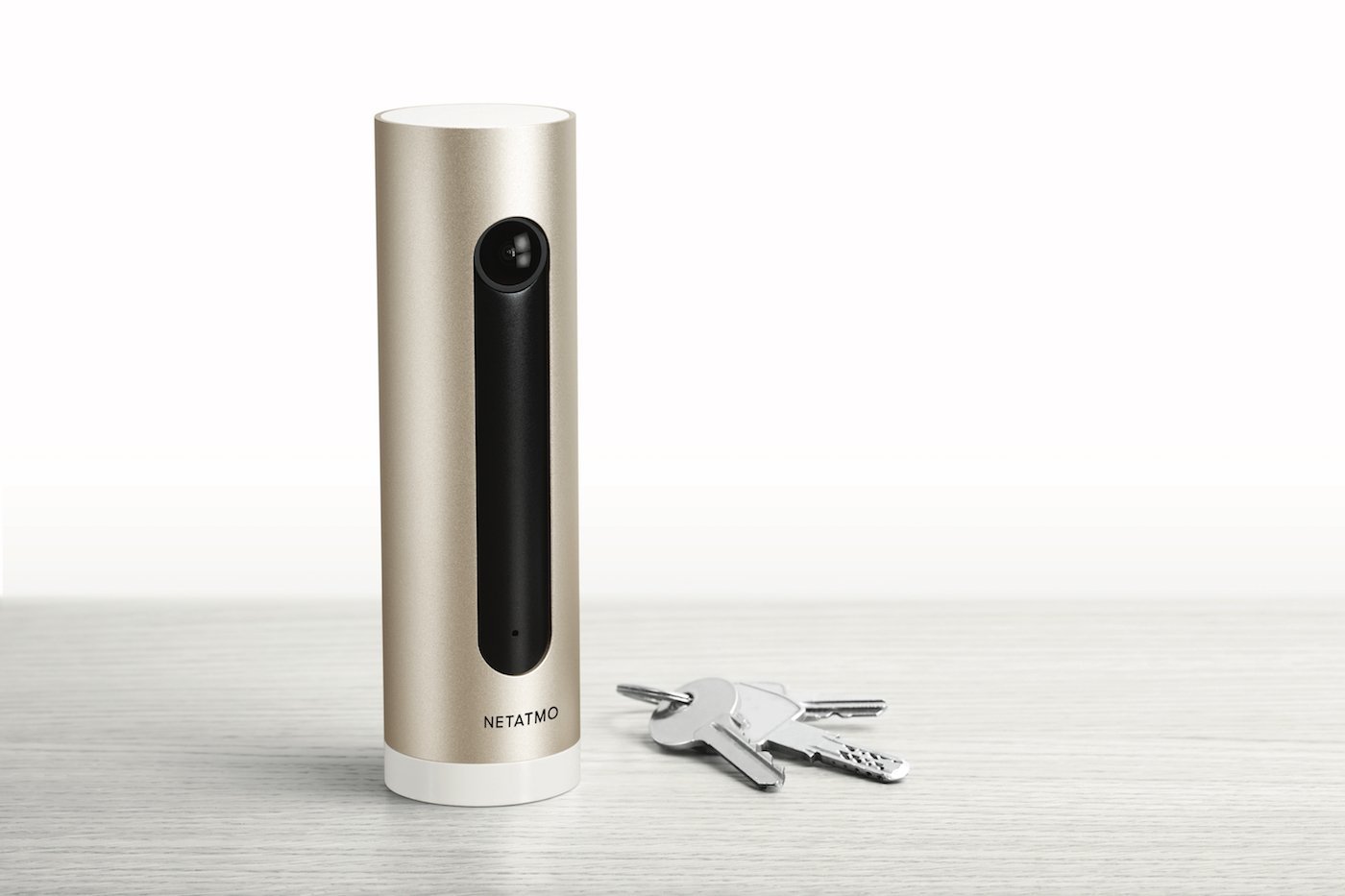SimpliSafe takes the top spot for the best value for most users in the UK, but we have four other selections as well. We know housing in the UK can get mind-bogglingly expensive, especially in cities like London, which means that people might be moving frequently or looking for ways to pinch a few pennies. We’ve featured flexible, low-price options that won’t require professional installation or contract cancellation. But we also threw in a little something for everyone. Some readers may rent a townhome, own a bungalow in the countryside, or have another, non-flat housing situation. But the system hasn’t got much home automation, so if you go with SimpliSafe, you’ll need to kiss your smart home dreams goodbye. You won’t break the bank buying a SimpliSafe system. Don’t get us wrong; even a starter kit is still going to cost you a couple hundred pounds, and that’s without factoring in the monthly monitoring fees. But compared to loads of other home security companies, SimpliSafe keeps its prices pretty low. It also guarantees to lock your prices in for the next two years (with Pro) or even life (with Premium Pro).
The Foundation (4 pieces) The Starter (5 pieces) The Essentials (7 pieces) The Warwick (11 pieces) The Windsor (12 pieces) The Bamburgh (13 pieces)
The kit you choose will include a base station plus some combination of key fobs, entry sensors, motion sensors, glass break sensors, panic buttons, or even SimpliCams (SimpliSafe’s indoor cameras). The exact equipment and number of each piece will depend on the kit you choose. You also have the option of creating your own custom system. Once you’ve chosen your system, you’ll choose your monitoring plan. You technically needn’t buy a monitoring plan for your SimpliSafe system if you don’t want to. But without the monthly monitoring plan, SimpliSafe functions only as a local alarm. That means if someone triggers your alarm, the siren will go off and make a loud noise, but, er … that’s about it. SimpliSafe is so easy to set up that a clever child could do it. You just have to plug in the base station and follow the directions on the keypad. Even the sensors are super easy to install—they come with sticky tape you can attach just about anywhere. We’d love the ability to add Z-Wave or Zigbee devices to our SimpliSafe system to fill in the technology gaps the system doesn’t cover. Fingers crossed that SimpliSafe eventually adds on this functionality. Yale’s Sync Smart Home Starter Kit actually costs less than all of SimpliSafe’s equipment packages. It includes an external siren, a door/window sensor, a keypad, and a wireless motion detector. And the 14-piece All-in-One Kit, which features multiple sensors, a camera, and a key fob, is only some £50 more than the 13-piece SimpliSafe kit.* Also, as long as you have your phone with you, the Yale system knows when you leave home or arrive back after work. It can arm and disarm your system based on your location so you never even have to think about using your security system. As for the system itself, Yale’s equipment is affordable. And it makes a statement with its bright yellow siren that affixes to the outside of your home. Potential intruders will know you have a security system in place and (hopefully) steer clear of your house entirely. Yale also has a decent array of accessories for you to choose from.
Door/window sensor Motion detector Pet-friendly motion detector Keypad Key fob Panic button Heat/smoke alarm Smart plug
You can add up to 40 devices to your Sync Smart Home system, which means you can create quite the smart home setup. Yale’s third-party integration is a bit limited, similar to SimpliSafe. But it does work with Philips Hue for some custom lighting action. Unfortunately, due to Verisure’s penchant for custom systems, you won’t know the upfront or monthly costs until after a consultation. That’s not unusual for a professionally installed system, but it’s still annoying. We suspect that Verisure’s prices are significantly higher than SimpliSafe’s. Most traditional systems’ monitoring services cost twice as much as DIY systems’ and require contracts. You can also expect to see an equipment price hike as well.
Control panel Motion sensors “Break and enter” sensors Alarms Anti-jamming technology Fog barriers Smoke detectors Water detectors Climate detectors Smart cameras Smart plugs
As with most of the systems on our list, Abode is DIY. It has no contracts, and it’s reasonably priced, although it’s not as inexpensive as SimpliSafe or Yale. You’ll spend around £300 to £400 on Abode starter kits and as much as £14 a month on monitoring. Abode charges nominal monthly fees for its self-monitoring option. But we generally recommend the Pro Plan so you can enjoy the benefits of professional monitoring.
The Abode gateway/hub with built-in camera Keypads Door/window sensors Mini door/window sensors Motion sensors Key fobs Strips sensors Glass break sensors Multi sensors (motion, temperature, humidity, light) Water leak sensors Outdoor sirens Panic buttons Abode Cams (indoor cameras)
Also, if you’re a smart speaker fanatic, Abode is compatible with so many of them: Echos, Google Homes, Google Nests, Apple HomePods. And the system works with Sonos and Bose, too. Our only real complaint about Abode equipment is the camera situation. The cameras built into the gateways are a tad bit useless since most people put their security hubs in a closet or utility room. And while the separate indoor cameras are a good addition, without compatible outdoor cameras, the system won’t be useful in some homes. But with the small equipment selection and lack of monitoring, Netatmo won’t offer quite as much protection as some pre-packaged systems. And it’ll be initially more expensive than buying a starter kit. While Netatmo doesn’t require a monthly subscription for camera use (yes, even your storage comes free of charge since you’ll use an SD card), its cameras tend to be more expensive than some entire security packages. And its sensors and other devices don’t come cheap either. So what are you paying for? Netatmo has a few variations on its indoor camera. Our favorite is the version with indoor air quality monitoring, which includes temperature, humidity, carbon monoxide, and even noise sensors. And that’s on top of the movement detection and night vision capabilities that come with every camera version. To these cameras, you can add any of these Netatmo devices:
Door and window sensors Indoor sirens Smoke alarms Smart thermostats Smart valves Smart weather stations Smart air quality monitors
These’ll offer you valuable information about the general health and safety of your home, not just potential intruders. But on the flip side, Netatmo doesn’t offer some typical security devices, like panic buttons, key fobs, or glass break sensors, which may leave some gaps in your security. SimpliSafe is our top recommendation overall for its affordability and simple installation, followed by Yale for its low prices, features, and connecting devices. We also test some of the systems we recommend or read user reviews, which gives us some experience to draw on when determining where in a list a system should go. For instance, we’ve spent some personal time with the SimpliSafe and Abode equipment, which gives us some insight we might not have otherwise. Ring Alarm is now available in the United Kingdom as well, but it’s not as good of a deal there as it is in the States. The UK version offers assisted monitoring but not professional monitoring. To the best of our understanding, “assisted monitoring” means the company will contact you, and you’ll contact the authorities. That’s a little better than self-monitoring in terms of always having a watchful eye on your system … but we’re not sure it’s worth the eight pounds a month Ring is charging. Still, security cameras can provide an extra layer of protection and security for your home and it certainly doesn’t hurt to include one. Self-monitoring can be exhausting since you’re the last and only line of defense when intruders arrive. Professional monitoring ensures an extra layer of protection and can give you peace of mind. With that in mind, we always recommend a monitored alarm where possible.











